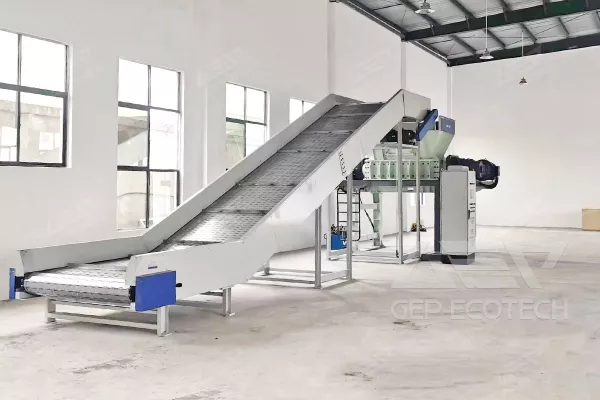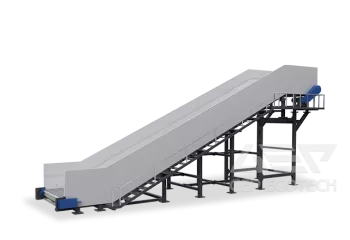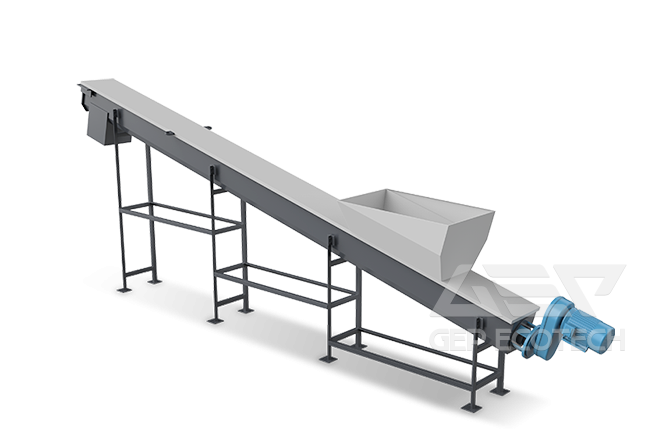Chain conveyor is the most commonly used transmission mechanism in conveying equipment, which uses conveyor belts as the carrier and a reduction motor as the driving force. This device is widely used in various fields for conveying various light and heavy items through continuous or intermittent movements. Its function is to save labor costs and improve production efficiency. This equipment has the advantages of simple structure, economic convenience, reliable use, stable transmission, large conveying capacity, high conveying efficiency, and low noise. This equipment can not only be used for the transportation of ordinary materials, but also meet the transportation requirements of special materials such as oil resistance and corrosion resistance. It is widely used in industries such as light industry, electronics, food, pharmaceuticals, machinery, and daily chemical industry.

The installation of chain conveyor generally involves transporting independent components to the installation site before proceeding with overall installation. The installation steps are as follows:
1. According to the process layout diagram, determine the longitudinal centerline of the chain board machine. The longitudinal centerline is the installation benchmark for the entire chain machine.
2. On the longitudinal centerline of the chain conveyor, first determine the center position of the axis of the head wheel axle, and then measure it segment by segment along the longitudinal centerline, and determine the center position of the tail wheel axle according to length and inclination angle.
3. Based on the above centerline, determine the position of the frame foundation, track installation position, and the lateral center position of the driving device.
4. After determining the positions of each center, check the positions of the embedded parts according to the civil engineering drawings, clean them up, and verify the elevation of each point. Only when there are no errors can installation begin.
5. After the installation of the rack (including the head frame, middle frame, and tail frame), the track can be installed to install the head drive device, tail wheel device, tensioning device, and chain plate device.
6. Install electric motors, reducers, and other auxiliary facilities.
7. Connect the electrical control system, route and connect the distribution lines, and ensure that the chain board machine can work properly.
8. After the test run, apply protective paint to the outer surface of the entire machine to prevent rusting.
It should be noted that during the installation process, it is necessary to ensure that the relative positions and spacing of various components and connections of the equipment are accurate and accurate. Especially for large equipment, professional tools should be used to check straightness and flatness.




